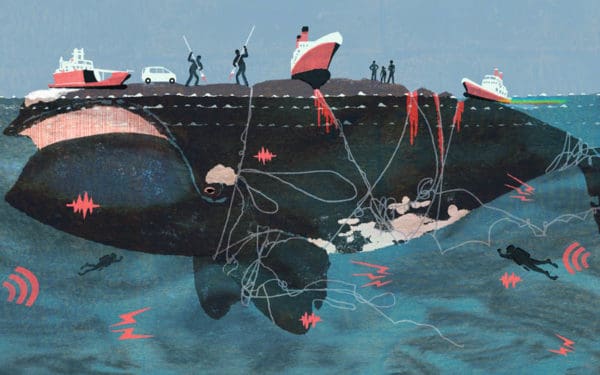This Calving Season, We Are Putting North Atlantic Right Whale Babies in Danger
Right whale mothers and calves are especially vulnerable to being hit by boats and ships. For the species to survive, we need to better protect them.
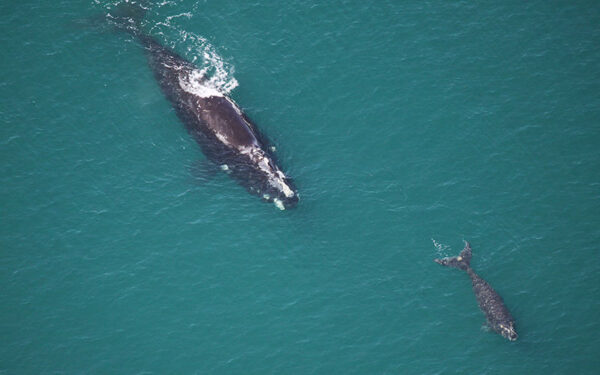
Right whale mothers and calves are especially vulnerable to being hit by boats and ships. For the species to survive, we need to better protect them.

More than three generations of North Atlantic right whales have been lost to the threat of entanglement. The solutions to save these vulnerable species exist and it is up to us to ask our leader for better protections for these majestic animals.
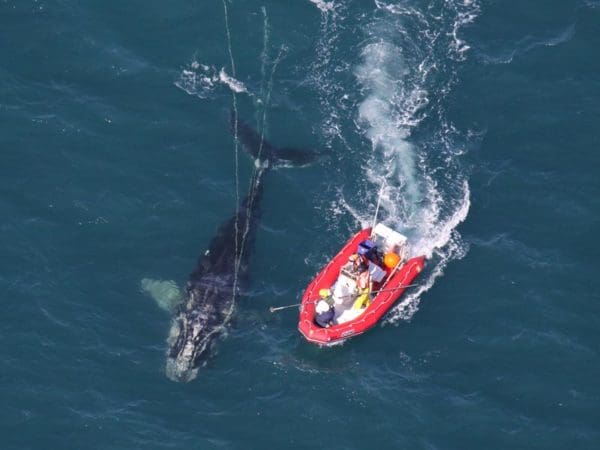
With fewer than 350 North Atlantic right whales left on the planet, an encounter with this species is a rare and extraordinary experience. Adilson Gonzalez shares his first sighting of these critically endangered animals.
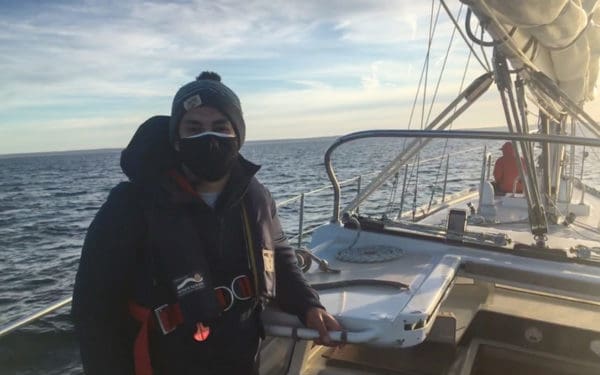
Right whale names open a unique window into a whale’s life, describing unique physical features and telling the story of the experiences that they have overcome.
But who’s behind naming the whales? Or why do they bother naming them? Here’s the how, the why, and much more.
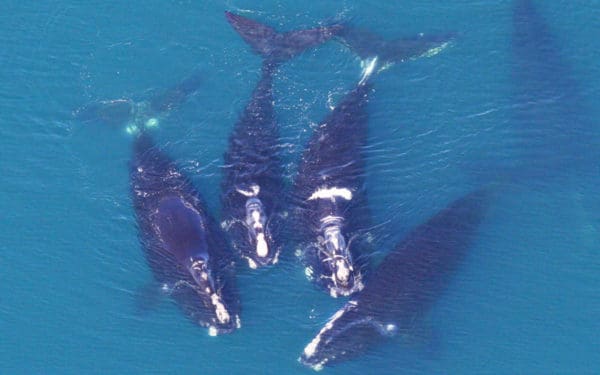
Scientists estimate that little more than 350 whales are left on the planet – a shockingly low number. It is our activities in the ocean – fishing, shipping, drilling, construction – that threaten the survival of this species. In the last three years, vessel strikes, in particular, have caused about half of the known or suspected deaths of right whales in the U.S. and Canada.
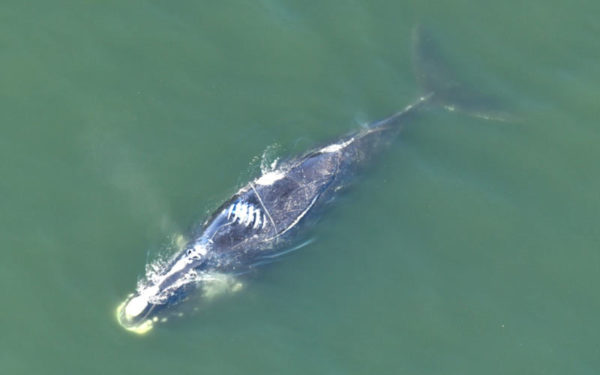
Seven new North Atlantic right whale calves are migrating with their mothers and other whales back up the east cost into New England and Canadian waters. But this journey is full of threats: ship strikes, noise pollution, and entanglement in fishing gear all threaten their survival. We must work to make our oceans a safe and welcoming place for right whales.
